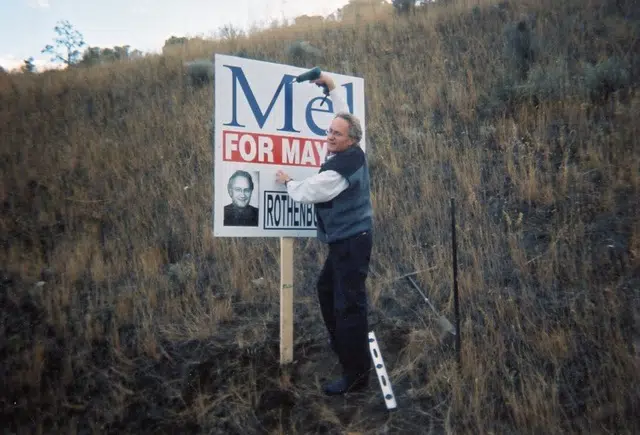
BEING MAYOR, Chapter 4: ‘Kamloops at a crossroads’
KAMLOOPS — This is the fourth in a series on my experiences as the mayor of Kamloops from 1999 to 2005. I offer it for the interest of anyone who cares about civic politics and their community, and who might be wondering — as we approach a civic by-election Sept. 30 — what really goes on in City Hall.
Chapter 4 — ‘Kamloops At A Crossroads’
By MEL ROTHENBURGER
“Well, he’s pretty smart. He knows a lot about the community. So why not?”


